Home>Home Appliances>Heating & Cooling>What Equipment Do I Need For Air Conditioning With A Forced Air Heating System?
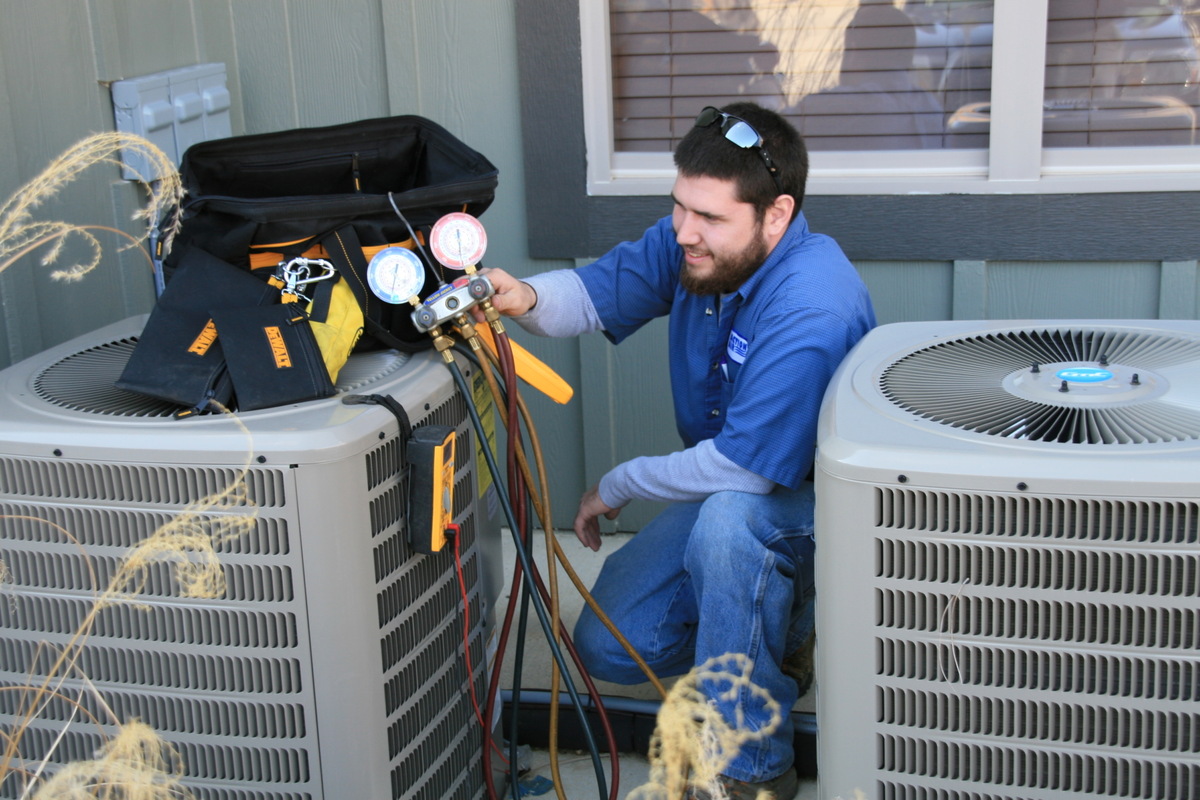

Heating & Cooling
What Equipment Do I Need For Air Conditioning With A Forced Air Heating System?
Published: February 16, 2024
Find out the essential equipment needed for air conditioning with a forced air heating system. Get expert tips on heating and cooling for your home.
(Many of the links in this article redirect to a specific reviewed product. Your purchase of these products through affiliate links helps to generate commission for Storables.com, at no extra cost. Learn more)
Introduction
When it comes to creating a comfortable indoor environment, a forced air heating system combined with air conditioning can be a game-changer. The seamless integration of these two essential components ensures that your home remains cozy in the winter and refreshingly cool in the summer. However, achieving this harmonious balance requires the right equipment and a well-thought-out setup.
In this comprehensive guide, we will delve into the key equipment needed for integrating air conditioning with a forced air heating system. From the air conditioning unit itself to the thermostat and insulation, each component plays a crucial role in ensuring optimal performance and energy efficiency. By understanding the requirements and functions of these elements, you can make informed decisions and create a comfortable living space that caters to your specific needs.
Let's embark on a journey through the essential equipment needed to seamlessly integrate air conditioning with a forced air heating system, and discover how each component contributes to a harmonious indoor climate throughout the year.
Key Takeaways:
- Choose the right size and energy-efficient air conditioning unit to keep your home cool without wasting energy. Professional installation ensures optimal performance and year-round comfort for your family.
- Properly designed and maintained ductwork, a compatible thermostat, and effective insulation are essential for a balanced and cozy indoor climate. These elements work together to maximize energy efficiency and comfort.
Read more: How To Design A Forced Air Heating System
Air Conditioning Unit
The cornerstone of any air conditioning system integrated with a forced air heating system is the air conditioning unit itself. This vital component is responsible for cooling the indoor air during warm weather, ensuring a comfortable and pleasant environment within your home. When selecting an air conditioning unit for integration with a forced air heating system, several factors should be considered to ensure optimal performance and energy efficiency.
First and foremost, the size of the air conditioning unit is a critical consideration. An appropriately sized unit is essential to effectively cool the entire living space without unnecessary energy consumption. Oversized units may lead to frequent cycling on and off, resulting in inefficient operation and potential temperature inconsistencies. Conversely, an undersized unit may struggle to cool the space adequately, leading to increased energy consumption as it works harder to maintain the desired temperature.
Furthermore, the energy efficiency of the air conditioning unit is a key factor in reducing utility costs and minimizing environmental impact. Look for units with a high Seasonal Energy Efficiency Ratio (SEER) rating, as this indicates superior energy efficiency. Investing in an energy-efficient unit not only benefits the environment but also translates into long-term cost savings on energy bills.
In addition to size and energy efficiency, the type of air conditioning unit is another crucial consideration. For integration with a forced air heating system, a central air conditioning system is often the preferred choice. This system utilizes the existing ductwork of the heating system to distribute cool air throughout the home, providing a seamless and uniform cooling experience.
Moreover, the installation of the air conditioning unit should be carried out by qualified professionals to ensure proper integration with the forced air heating system. Proper installation is essential for maximizing the performance and longevity of the air conditioning unit, as well as ensuring the safety and functionality of the entire system.
By carefully selecting an appropriately sized, energy-efficient, and well-installed air conditioning unit, you can enjoy the benefits of a seamlessly integrated air conditioning and forced air heating system. This ensures year-round comfort and climate control within your home, creating an inviting and enjoyable living environment for you and your family.
Ductwork
The ductwork forms the circulatory system of your home's heating and cooling infrastructure, serving as the conduit through which conditioned air is distributed to every room. When integrating air conditioning with a forced air heating system, the ductwork plays a pivotal role in ensuring efficient and uniform airflow throughout the living space.
Properly designed and installed ductwork is essential for achieving optimal performance and energy efficiency. It is imperative that the ductwork is adequately sized to accommodate the airflow requirements of both the heating and cooling systems. Additionally, the layout of the ductwork should be strategically planned to minimize resistance and pressure imbalances, thereby promoting smooth and consistent airflow.
Furthermore, the condition of the ductwork is crucial in maintaining air quality and system efficiency. Over time, ducts may accumulate dust, debris, and even mold, which can compromise indoor air quality and impede airflow. Therefore, regular inspection and cleaning of the ductwork are essential to ensure that the air conditioning and heating systems operate at their best.
In the context of integrating air conditioning with a forced air heating system, the ductwork must be equipped to handle both heated and cooled air. This entails proper insulation to prevent energy loss and condensation, as well as the presence of dampers or zoning systems to regulate airflow to different zones or rooms. By optimizing the ductwork for dual functionality, you can achieve a balanced and comfortable indoor climate throughout the year.
In some cases, modifications or additions to the existing ductwork may be necessary to accommodate the integration of air conditioning. This may involve extending ducts to new areas of the home, installing additional vents, or incorporating return air pathways to facilitate efficient circulation. These adjustments should be carried out with precision to ensure seamless integration and optimal performance of the combined heating and cooling systems.
Ultimately, the ductwork serves as the conduit through which the benefits of integrated air conditioning and forced air heating are delivered to every corner of your home. By prioritizing proper design, insulation, maintenance, and any necessary modifications, you can ensure that the ductwork effectively supports the harmonious coexistence of these essential systems, providing consistent comfort and climate control for you and your family.
Make sure to have a compatible thermostat, air conditioning unit, and ductwork for your forced air heating system. It’s also important to have regular maintenance to keep everything running smoothly.
Thermostat
The thermostat serves as the command center for your integrated air conditioning and forced air heating system, playing a pivotal role in regulating indoor temperature and ensuring optimal comfort. When combining these two essential systems, the thermostat becomes a critical interface that enables seamless control and coordination of heating and cooling operations.
Modern thermostats offer advanced features and precise temperature management, allowing homeowners to create customized schedules and temperature settings for different times of the day. With programmable capabilities, the thermostat can automatically adjust the temperature based on your preferences, optimizing energy usage and enhancing overall comfort.
In the context of integrating air conditioning with a forced air heating system, compatibility and functionality are key considerations when selecting a thermostat. Many modern thermostats are designed to accommodate both heating and cooling systems, providing a unified interface for controlling and monitoring indoor climate settings. It is essential to choose a thermostat that is compatible with the specific requirements of your integrated system, ensuring seamless operation and efficient performance.
Furthermore, the thermostat serves as a communication hub, relaying commands to the heating and cooling systems based on the desired temperature settings. This communication is integral to maintaining a harmonious balance between the two systems, ensuring that transitions between heating and cooling modes are smooth and responsive.
In addition to basic temperature control, some thermostats offer advanced features such as humidity regulation, air circulation control, and remote access via smartphone apps. These capabilities enhance the overall functionality of the integrated system, allowing for comprehensive climate management and convenience.
Moreover, the installation and placement of the thermostat are crucial factors in optimizing its performance. Proper positioning within the home, away from direct sunlight, drafts, or other sources of temperature fluctuation, is essential to ensure accurate temperature readings and responsive operation. Additionally, professional installation and calibration of the thermostat are recommended to guarantee precise functionality and seamless integration with the combined heating and cooling systems.
By selecting a compatible and feature-rich thermostat, you can effectively manage and optimize the performance of your integrated air conditioning and forced air heating system. The thermostat serves as a central control point, empowering you to create a comfortable indoor environment that aligns with your lifestyle and preferences, while maximizing energy efficiency and system performance.
Insulation
Insulation plays a critical role in the integration of air conditioning with a forced air heating system, significantly impacting energy efficiency, indoor comfort, and overall system performance. When considering the insulation requirements for this integrated setup, several key factors come into play, each contributing to the effectiveness and sustainability of the combined heating and cooling systems.
First and foremost, proper insulation is essential for minimizing energy loss and maintaining consistent indoor temperatures. In the context of integrating air conditioning with a forced air heating system, the insulation within the walls, ceilings, and floors of the home directly influences the ability of the systems to regulate and sustain comfortable indoor conditions. Effective insulation acts as a barrier against heat transfer, reducing the workload on both the heating and cooling systems and promoting energy efficiency.
Moreover, insulation contributes to the prevention of condensation and moisture buildup within the home. By creating a thermal barrier, insulation helps mitigate the risk of moisture-related issues, such as mold growth and structural damage, which can compromise indoor air quality and system integrity. This is particularly important when integrating air conditioning, as the cooling process can lead to temperature differentials that may contribute to condensation if not properly managed through insulation.
Furthermore, insulation plays a crucial role in sound attenuation, reducing the transmission of noise from both indoor and outdoor sources. This is especially relevant in the context of air conditioning, as the integrated system aims to provide a quiet and comfortable indoor environment. Proper insulation helps dampen sound transmission, creating a more peaceful and enjoyable living space for occupants.
In addition to the traditional insulation within building structures, attention should also be given to the insulation of ductwork. Well-insulated ducts are essential for minimizing thermal losses as conditioned air travels from the heating and cooling systems to the living spaces. Properly insulated ducts help maintain the temperature of the air, ensuring that the desired climate is effectively delivered throughout the home while minimizing energy wastage.
In summary, insulation serves as a foundational element in the successful integration of air conditioning with a forced air heating system. By prioritizing effective insulation within the building envelope and ductwork, homeowners can enhance energy efficiency, indoor comfort, and system performance, creating a harmonious and sustainable indoor environment throughout the year.
Read more: How To Install Forced Air Heating System
Conclusion
In conclusion, the seamless integration of air conditioning with a forced air heating system requires careful consideration of essential equipment and components. From the selection of an appropriately sized and energy-efficient air conditioning unit to the optimization of ductwork, the thermostat, and insulation, each element plays a crucial role in creating a harmonious indoor climate throughout the year.
The air conditioning unit serves as the cornerstone of the integrated system, providing efficient cooling while complementing the functionality of the forced air heating system. By prioritizing proper sizing, energy efficiency, and professional installation, homeowners can enjoy the benefits of a comfortable and energy-efficient indoor environment.
Ductwork, as the circulatory system of the home's heating and cooling infrastructure, must be meticulously designed, installed, and maintained to ensure optimal airflow and system performance. Properly sized and insulated ducts, along with strategic layout and zoning considerations, contribute to uniform and efficient distribution of conditioned air, enhancing overall comfort and energy efficiency.
The thermostat, acting as the central control interface, empowers homeowners to manage and optimize the performance of the integrated system. With advanced programmable features and precise temperature management, a compatible and well-positioned thermostat facilitates seamless coordination between the heating and cooling systems, enabling personalized climate control and energy savings.
Insulation, both within the building envelope and the ductwork, plays a critical role in minimizing energy loss, maintaining consistent indoor temperatures, and mitigating moisture-related issues. Effective insulation contributes to energy efficiency, indoor comfort, and sound attenuation, creating a sustainable and enjoyable living environment.
By understanding the significance of each component and prioritizing their proper selection, installation, and maintenance, homeowners can achieve a seamlessly integrated air conditioning and forced air heating system that delivers year-round comfort, energy efficiency, and sustainability.
In essence, the successful integration of air conditioning with a forced air heating system hinges on the thoughtful consideration and optimization of the essential equipment, culminating in a harmonious indoor environment that caters to the unique needs and preferences of homeowners and their families.
Frequently Asked Questions about What Equipment Do I Need For Air Conditioning With A Forced Air Heating System?
Was this page helpful?
At Storables.com, we guarantee accurate and reliable information. Our content, validated by Expert Board Contributors, is crafted following stringent Editorial Policies. We're committed to providing you with well-researched, expert-backed insights for all your informational needs.
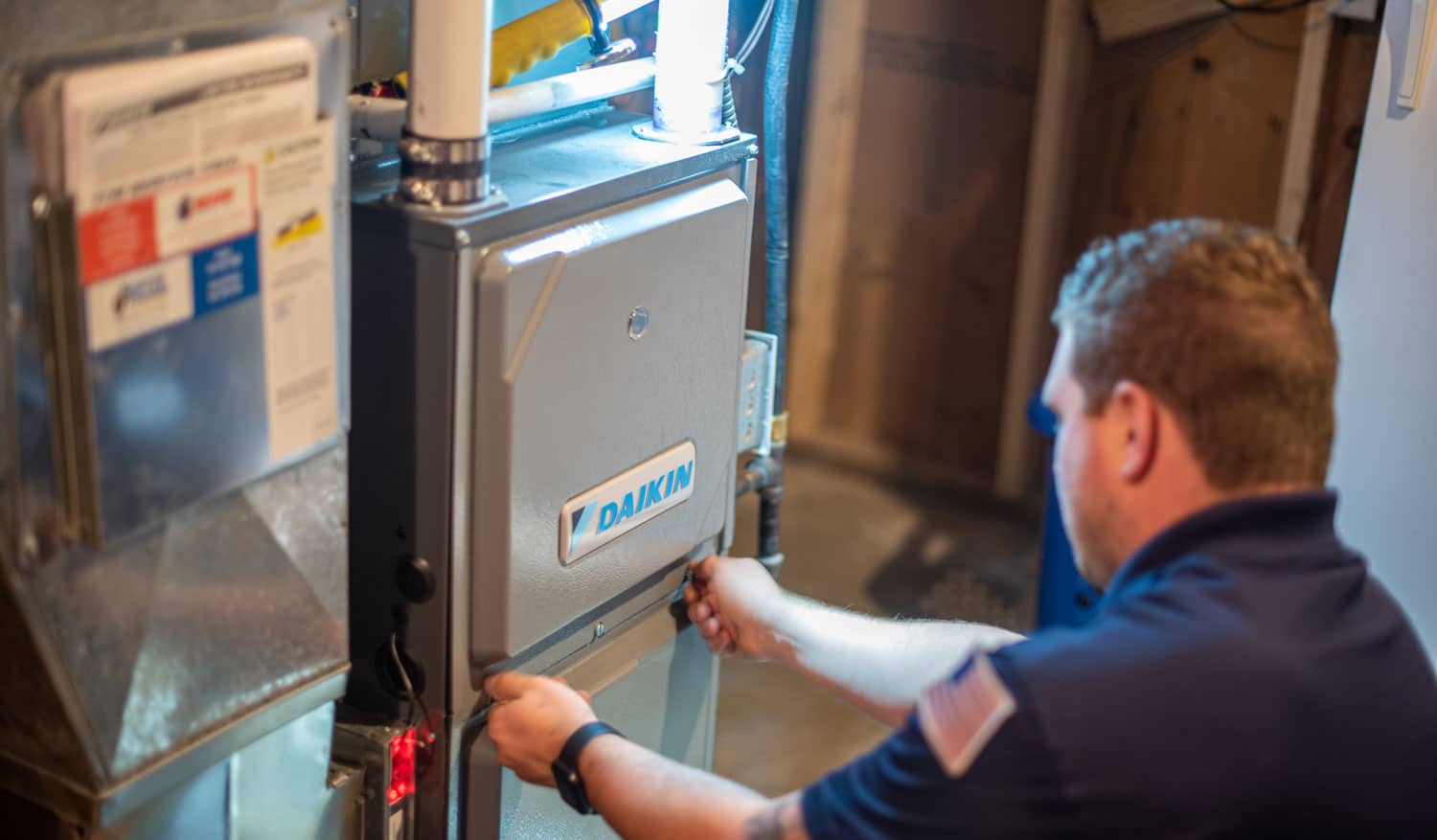
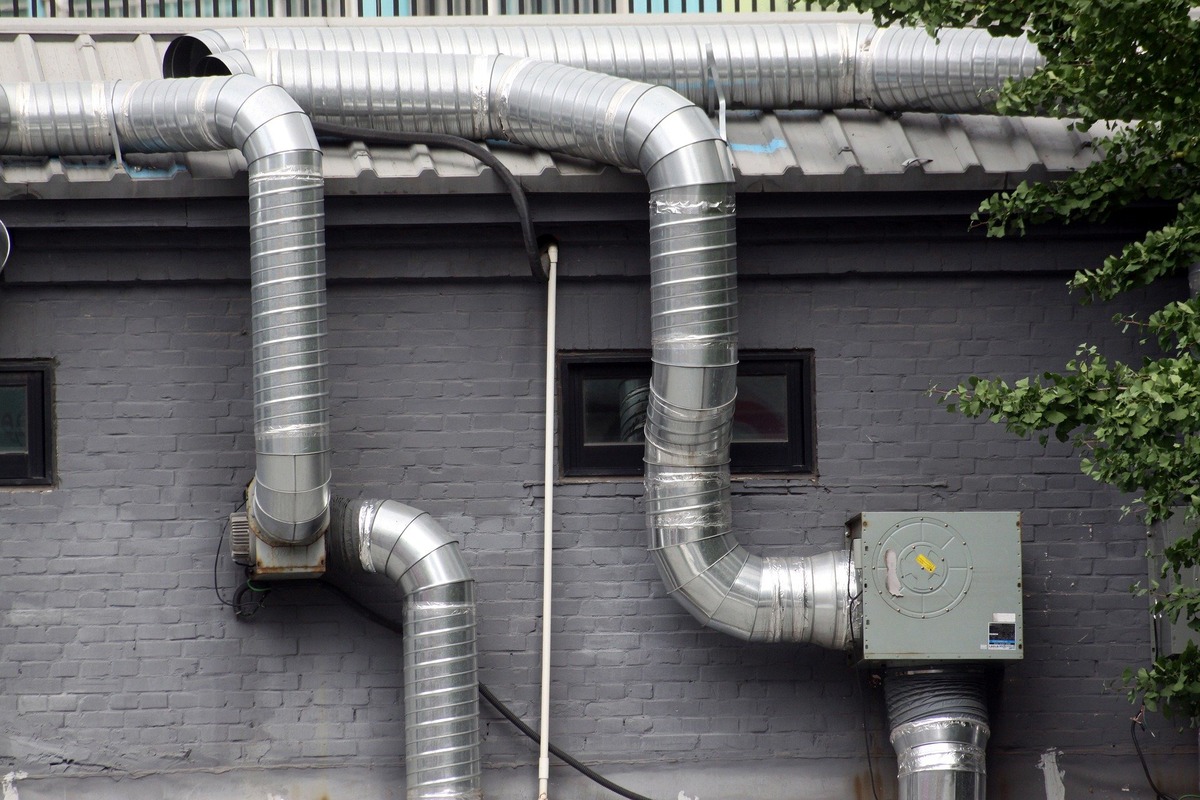
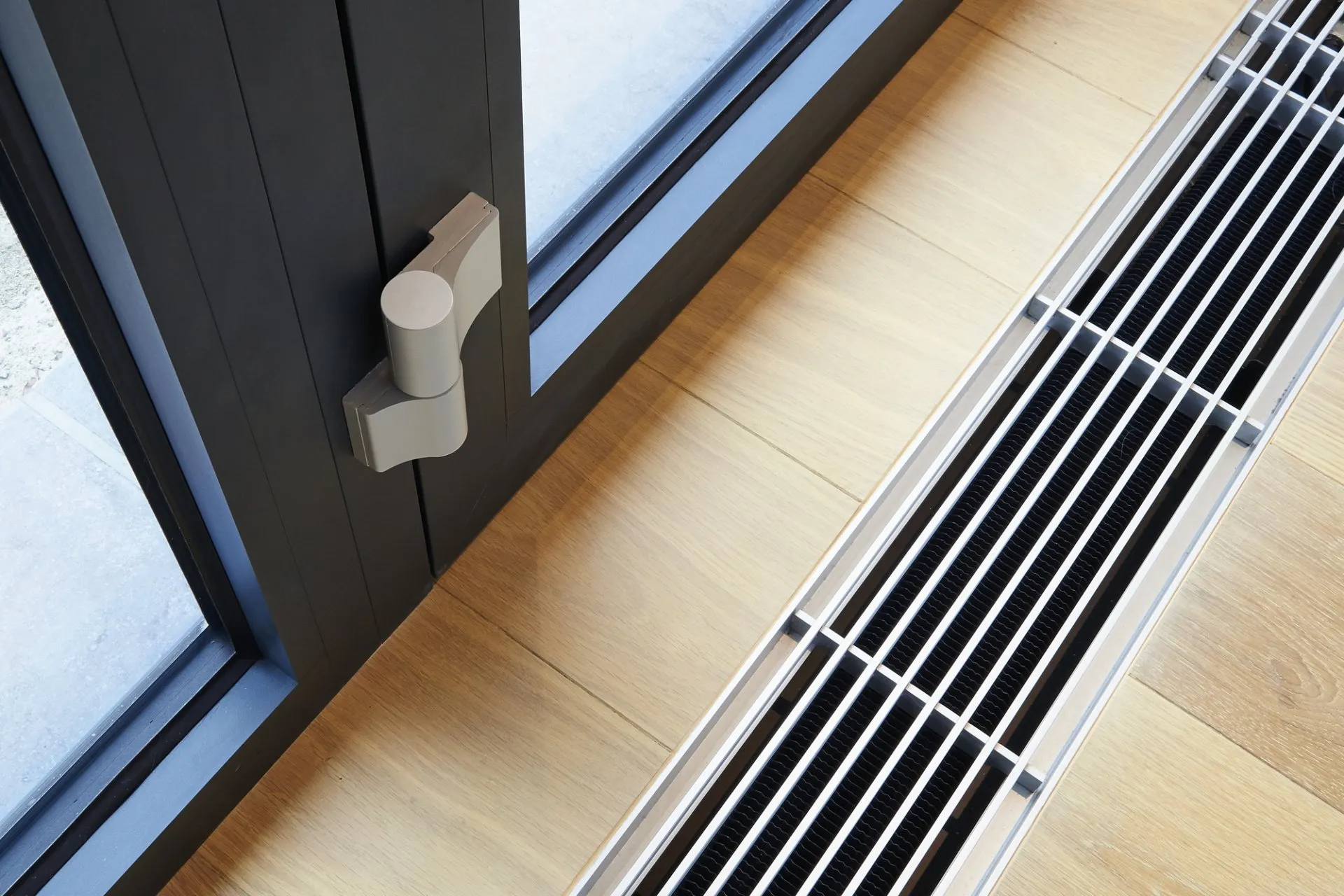
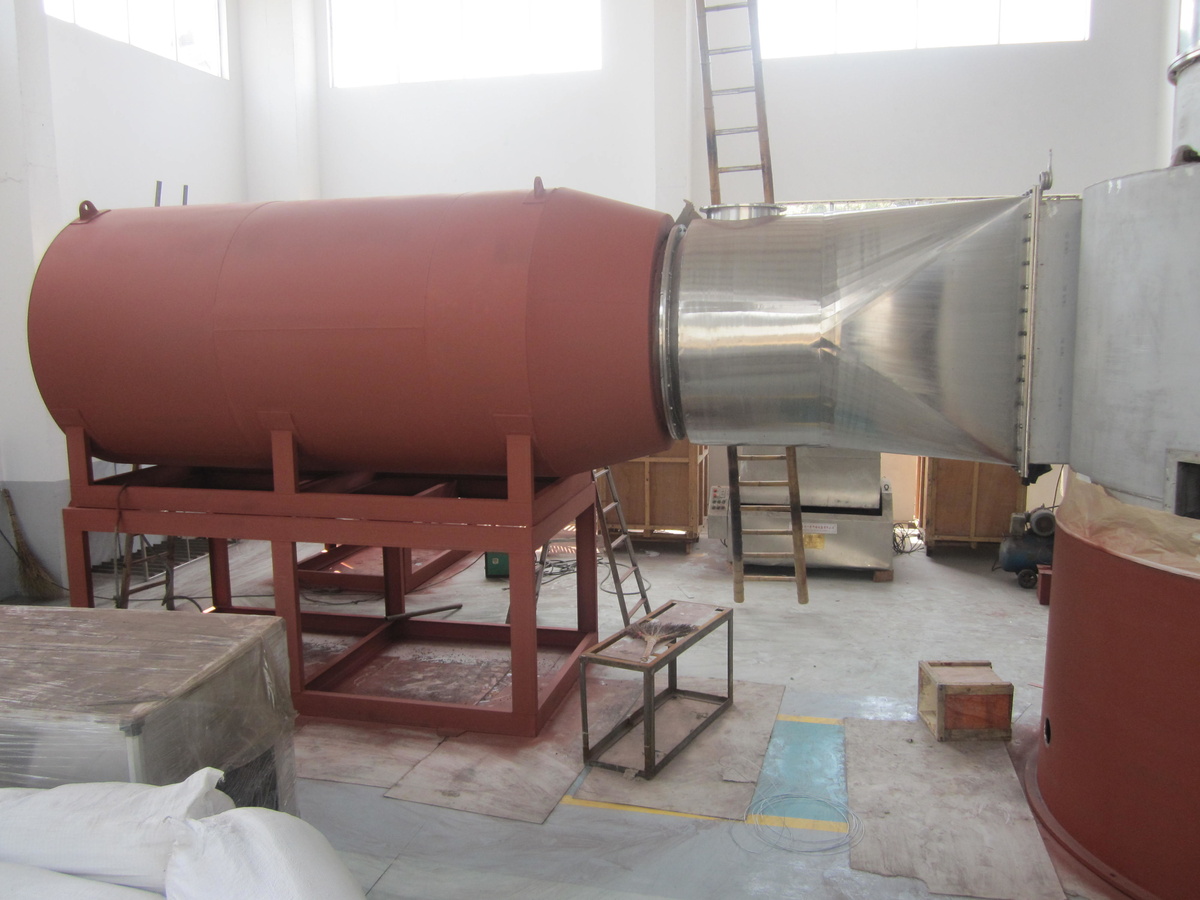
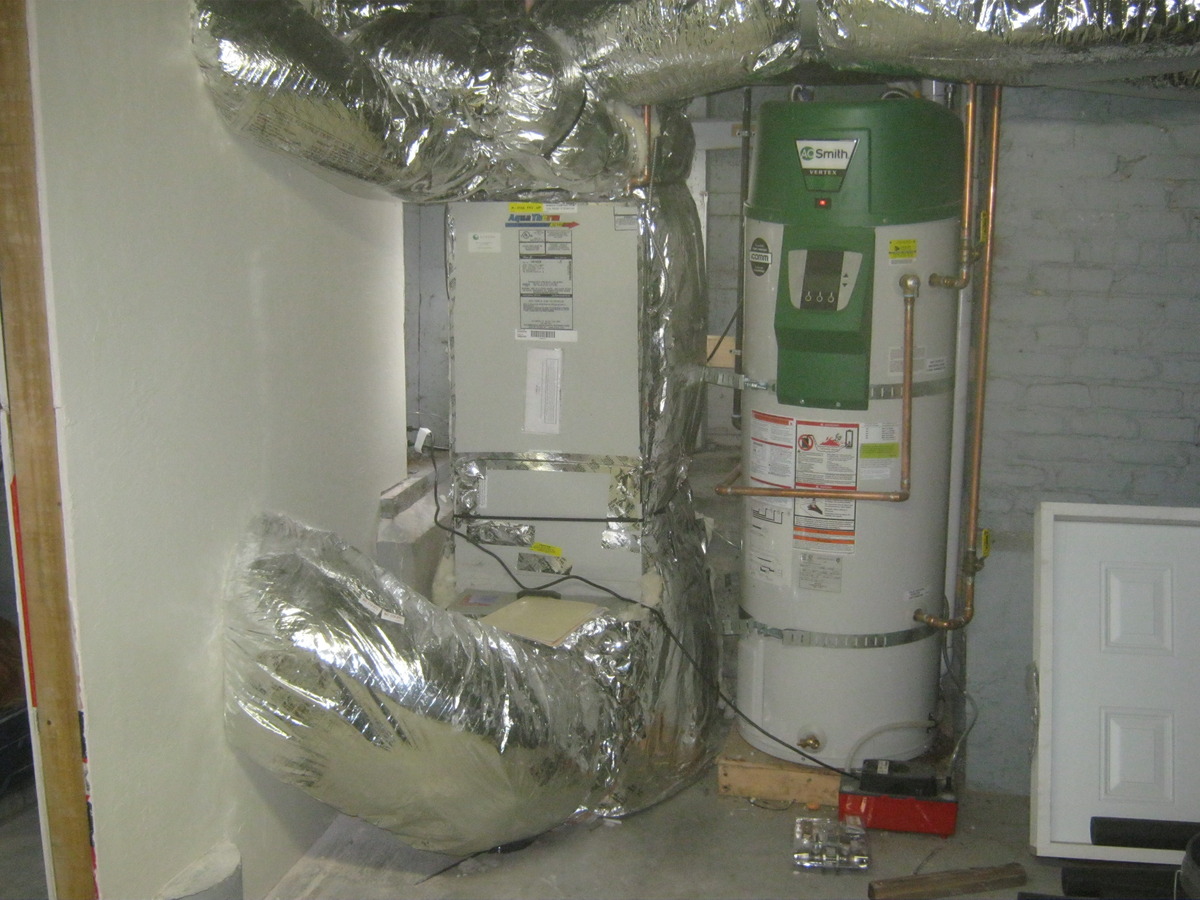
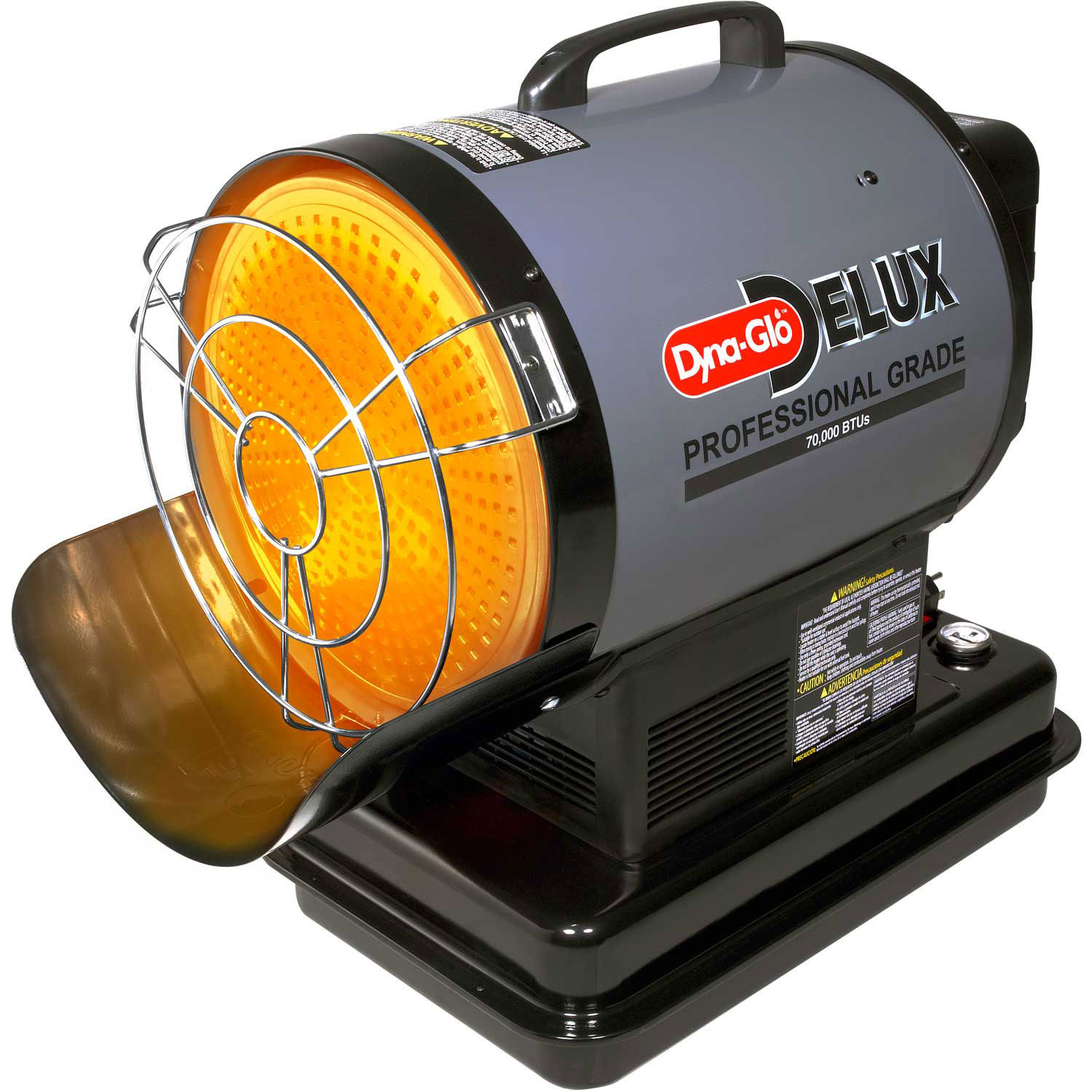
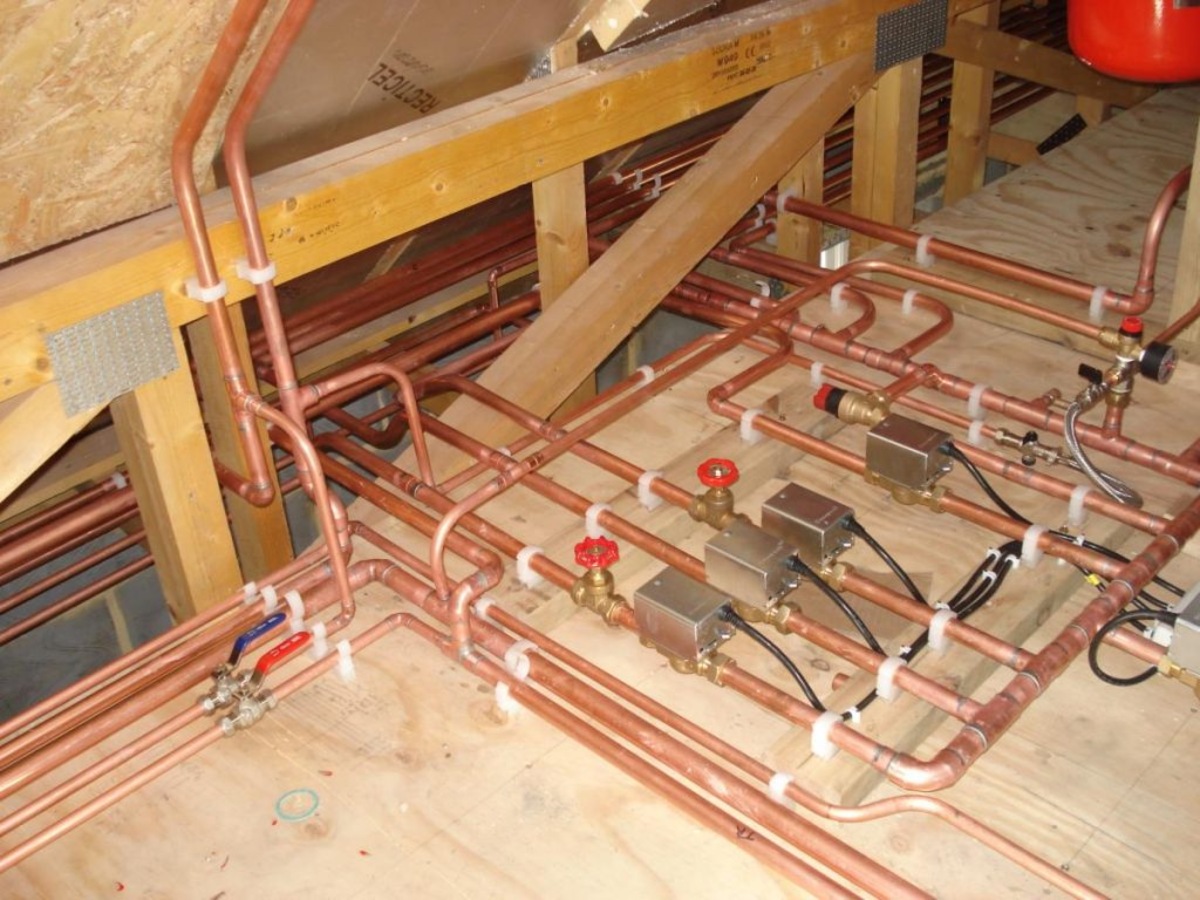
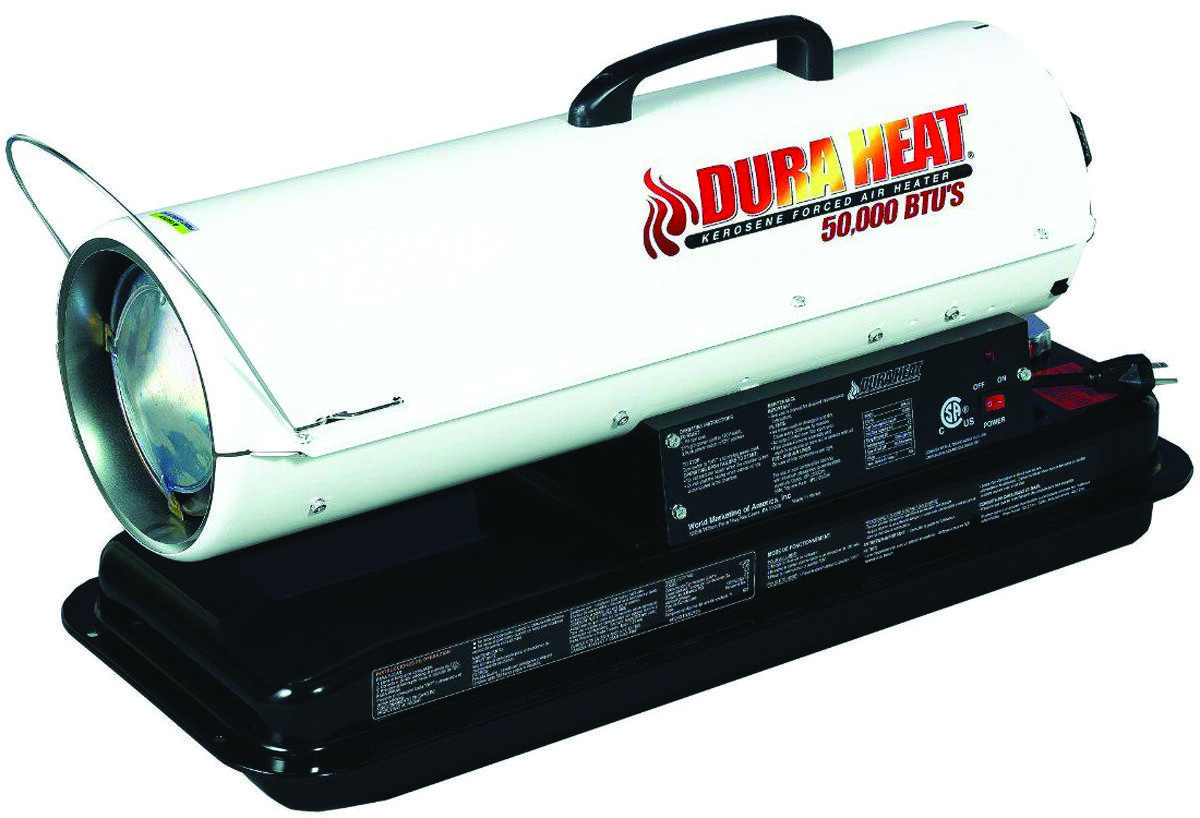
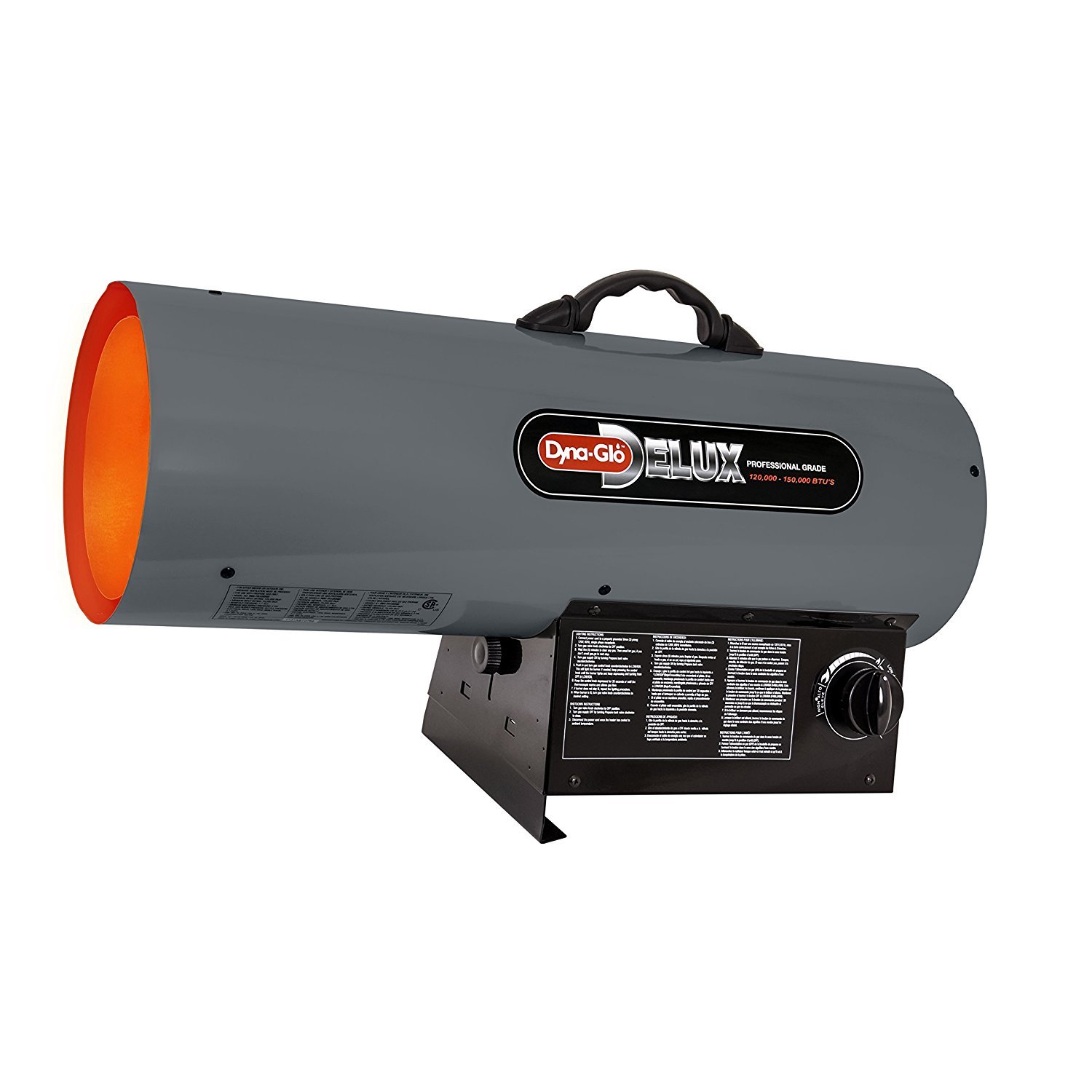
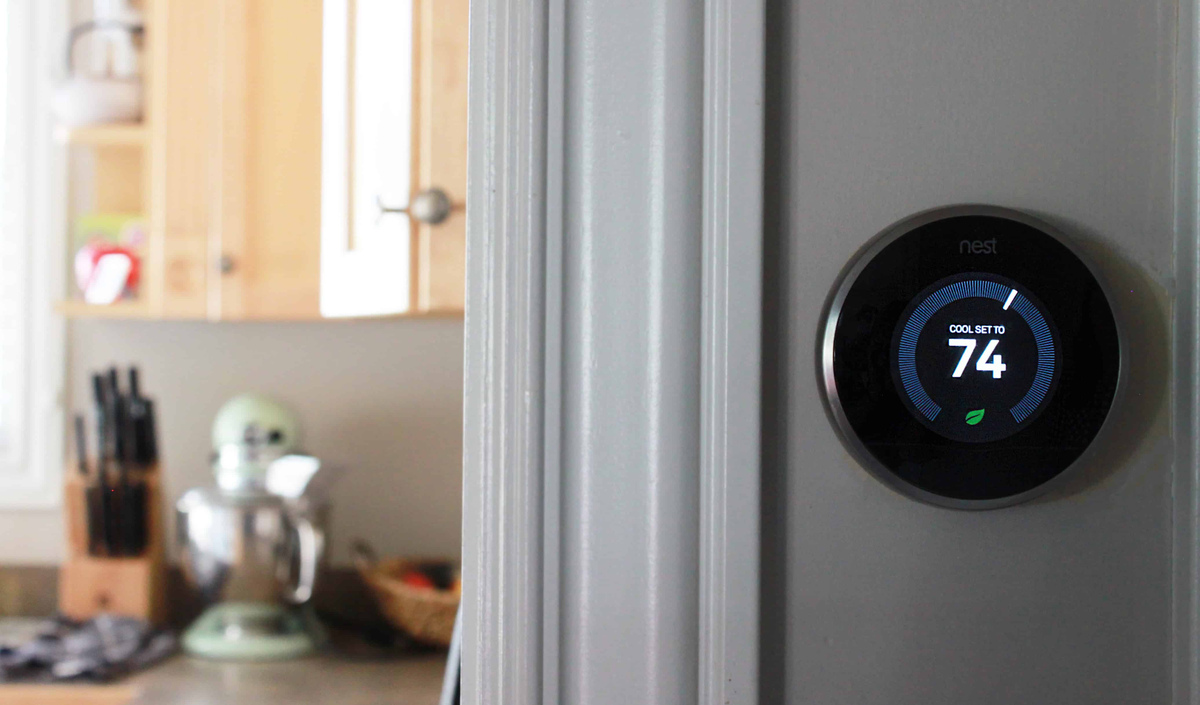
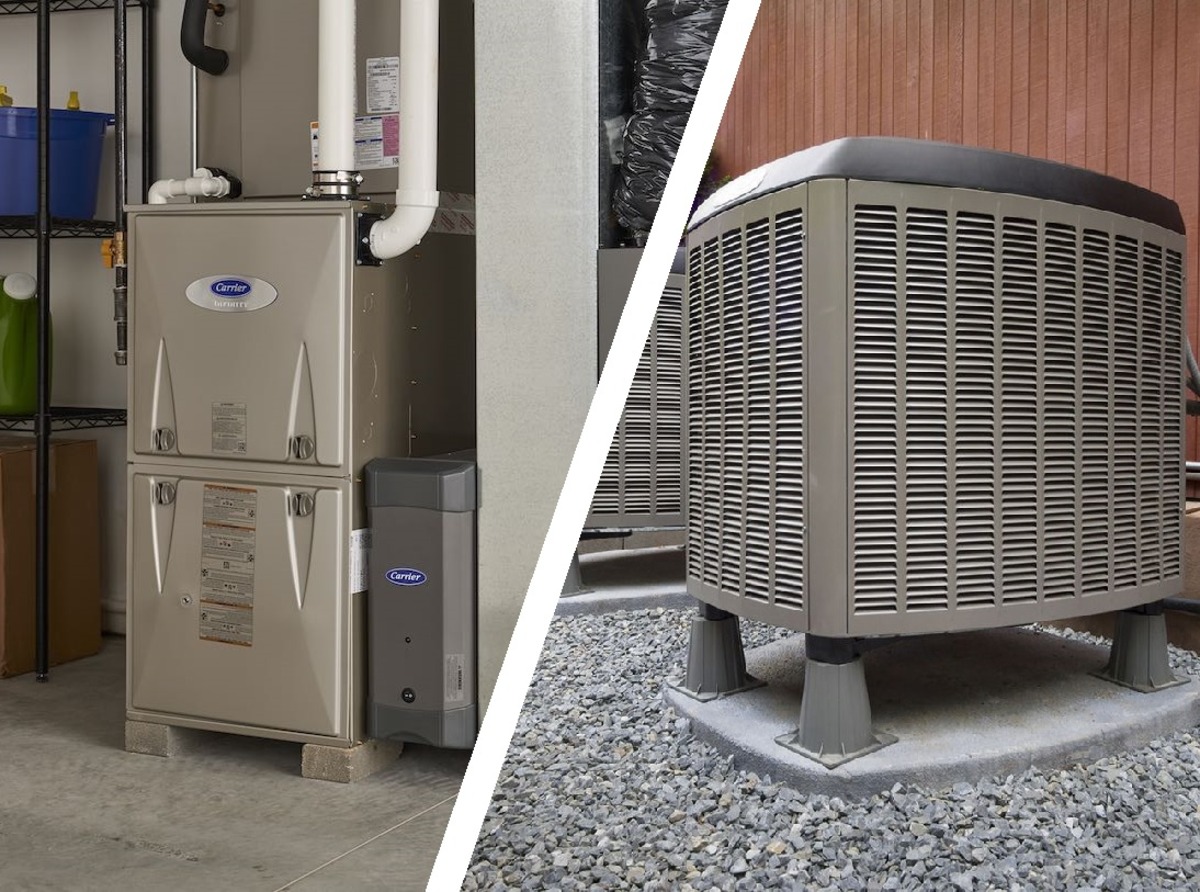
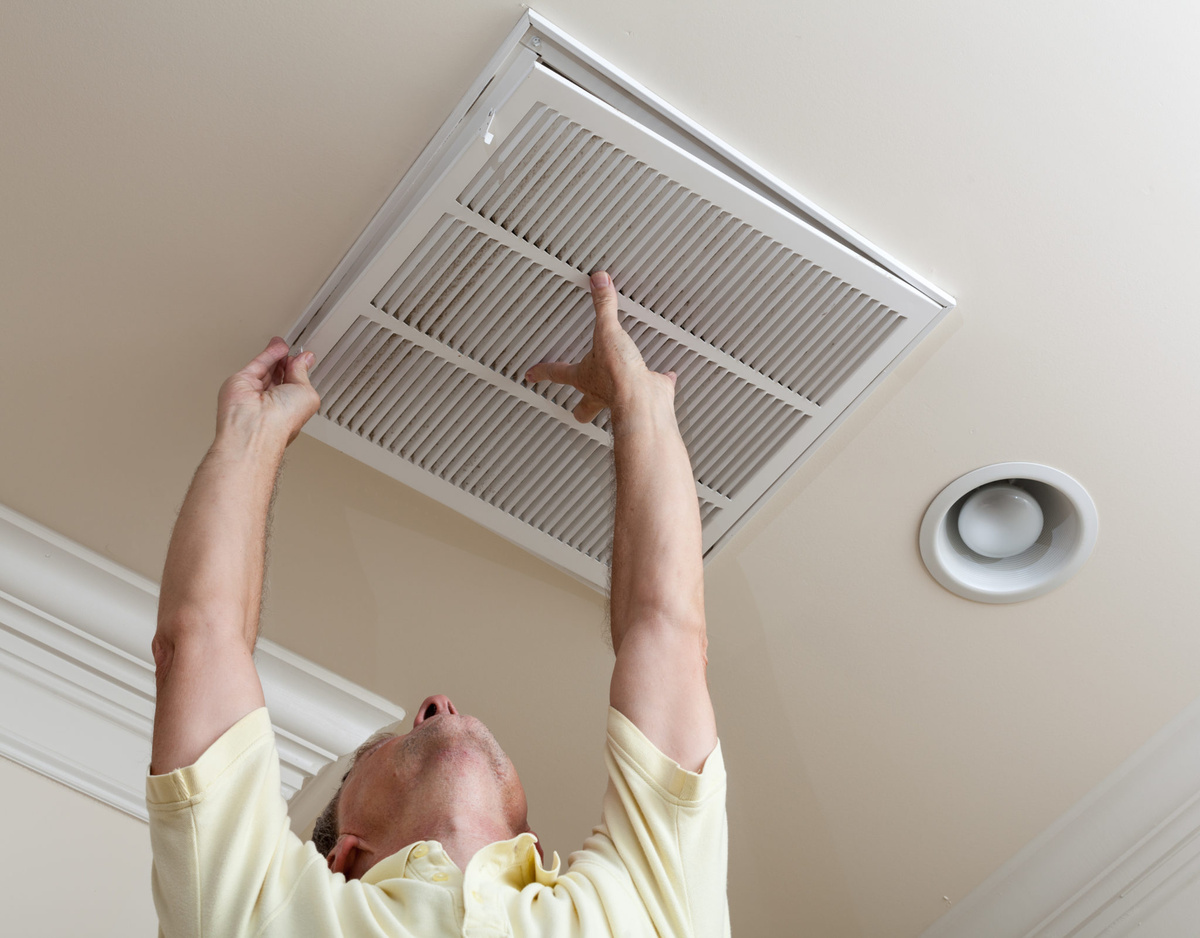
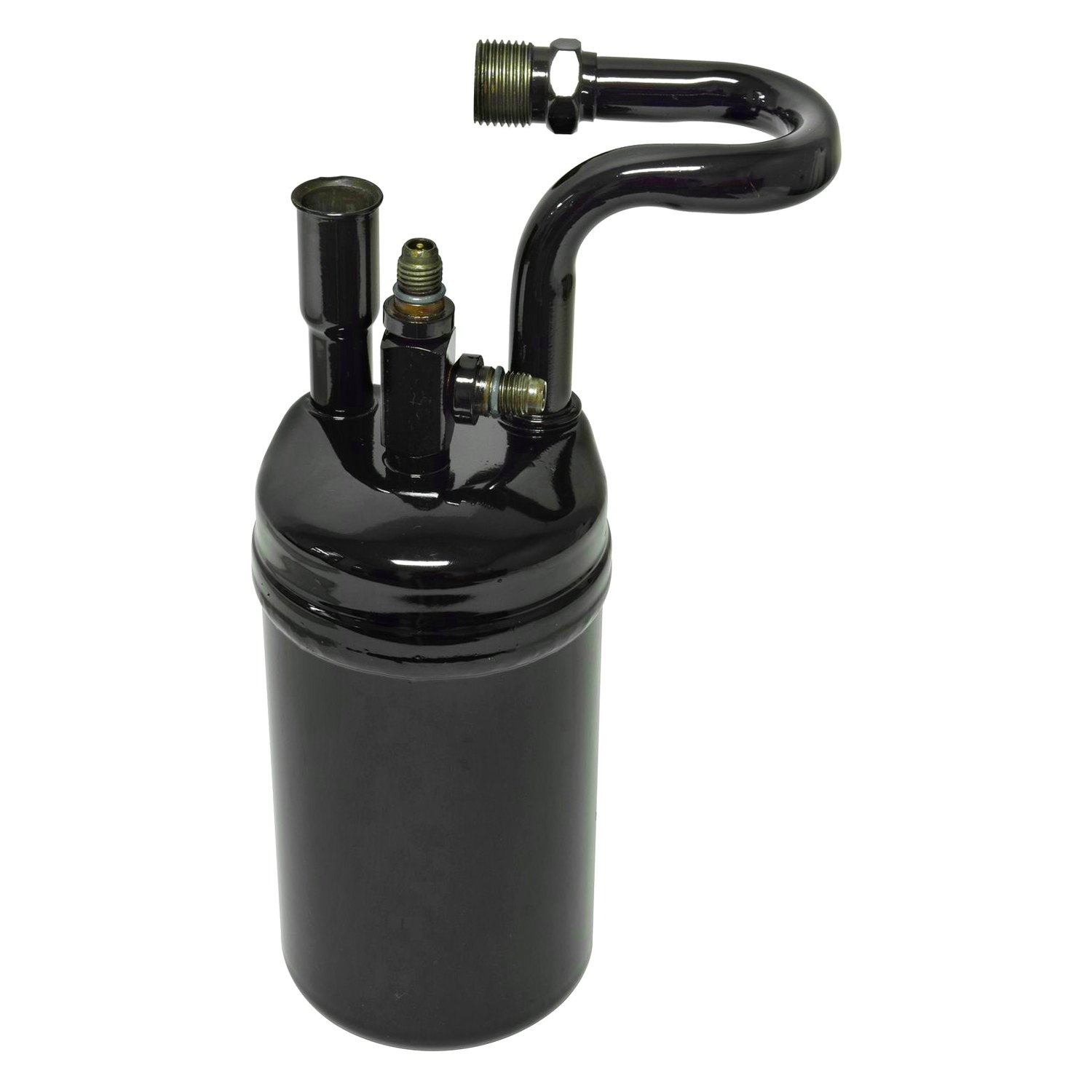
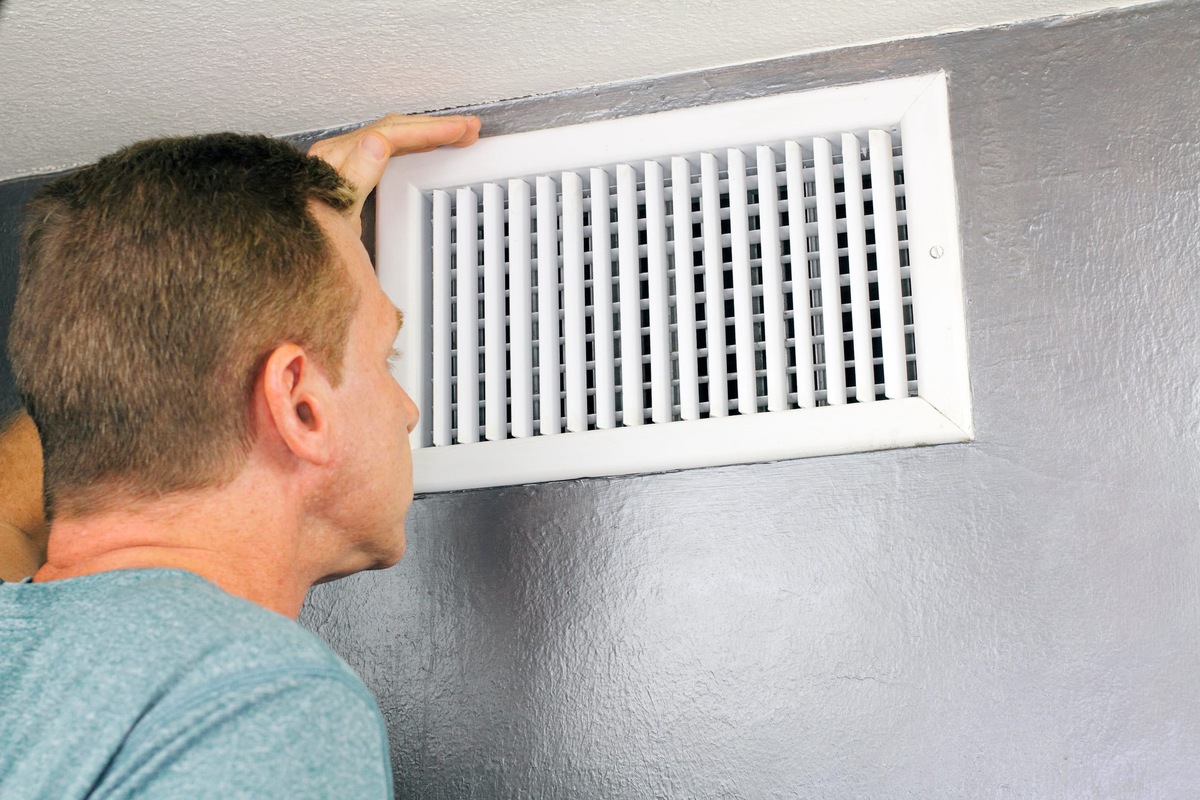

0 thoughts on “What Equipment Do I Need For Air Conditioning With A Forced Air Heating System?”